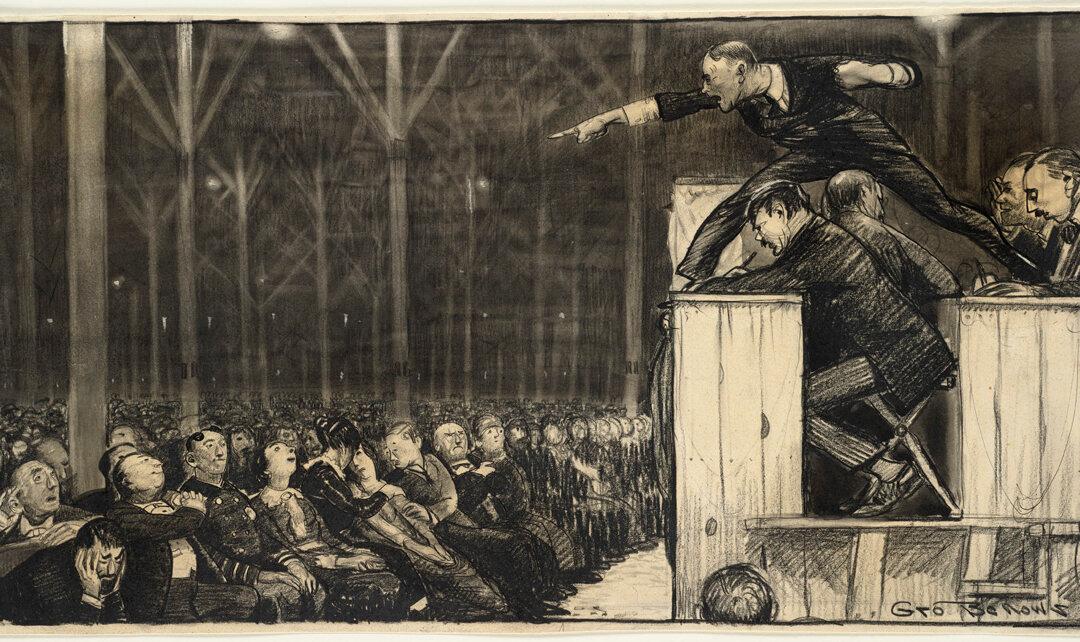China’s program of financial aid in the Pacific region is erratic, has no long-term objectives and can burden recipients with debts that are beyond their capacity to repay, according to a recent Australian think-tank report.
Beijing also undermines its aid policy by being secretive—making recipients suspicious of each other and leading its value to be overestimated by international observers, states the policy brief from the Lowy Institute for International Policy based in Sydney.
“China is mired in a vicious cycle of short-termism. This is a legacy of its long-running battle with Taiwan over diplomatic recognition, which has led China to undercut its own long-term interests as well as reducing stability in the South Pacific,” wrote the brief’s author Fergus Hanson in the Sydney Morning Herald newspaper.
China only grants aid if the recipient does not recognise Taiwan as an independent state. The promise of aid is used as a means to encourage those Pacific nations that have established diplomatic ties with Taiwan to reverse their policy.
Much of China’s aid in the Pacific—an estimated total of over US$ 200 million in 2008—is poured into developing infrastructure. While Hanson agrees that the region is in need of good infrastructure, there are several criticisms of Beijing’s current policy: the projects are unsustainable, leave a burden of debt and lack flow-on benefits.
One example highlighted in the report is a US$ 12million swimming complex built in Samoa that an official said would be beyond the ability of even New Zealand to maintain.
There is also resentment that a condition of the development loans is that Chinese labor, materials and engineering must be used. This results in the funds flowing back into China, bypassing the local economy completely.
In addressing many of these issues, Hanson suggests Pacific states should put pressure on China to allow greater use of local labor, increase grant to loan ratios, improve transparency, and assess recurring costs before projects are built.
Hanson is keen to point out that the problem is not that China is granting aid in the Pacific, but that it is doing so without an effective long-term strategy, tending instead to pursue “short-term opportunism.” By refocusing its policy, China could better serve its national interests as well as those of the Pacific.
He also says traditional donors of aid in the Pacific—such as Australia, New Zealand, Japan, the US and the European Community—should explore innovative ways of engaging with China.
Beijing also undermines its aid policy by being secretive—making recipients suspicious of each other and leading its value to be overestimated by international observers, states the policy brief from the Lowy Institute for International Policy based in Sydney.
“China is mired in a vicious cycle of short-termism. This is a legacy of its long-running battle with Taiwan over diplomatic recognition, which has led China to undercut its own long-term interests as well as reducing stability in the South Pacific,” wrote the brief’s author Fergus Hanson in the Sydney Morning Herald newspaper.
China only grants aid if the recipient does not recognise Taiwan as an independent state. The promise of aid is used as a means to encourage those Pacific nations that have established diplomatic ties with Taiwan to reverse their policy.
Much of China’s aid in the Pacific—an estimated total of over US$ 200 million in 2008—is poured into developing infrastructure. While Hanson agrees that the region is in need of good infrastructure, there are several criticisms of Beijing’s current policy: the projects are unsustainable, leave a burden of debt and lack flow-on benefits.
One example highlighted in the report is a US$ 12million swimming complex built in Samoa that an official said would be beyond the ability of even New Zealand to maintain.
There is also resentment that a condition of the development loans is that Chinese labor, materials and engineering must be used. This results in the funds flowing back into China, bypassing the local economy completely.
In addressing many of these issues, Hanson suggests Pacific states should put pressure on China to allow greater use of local labor, increase grant to loan ratios, improve transparency, and assess recurring costs before projects are built.
Hanson is keen to point out that the problem is not that China is granting aid in the Pacific, but that it is doing so without an effective long-term strategy, tending instead to pursue “short-term opportunism.” By refocusing its policy, China could better serve its national interests as well as those of the Pacific.
He also says traditional donors of aid in the Pacific—such as Australia, New Zealand, Japan, the US and the European Community—should explore innovative ways of engaging with China.




Friends Read Free